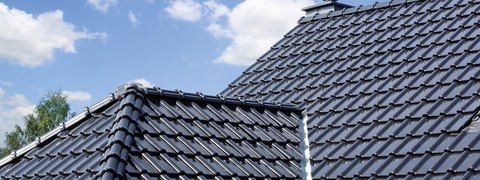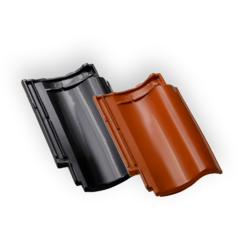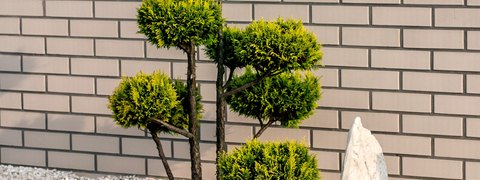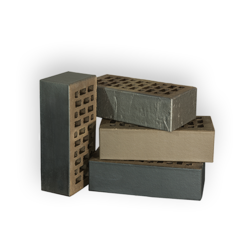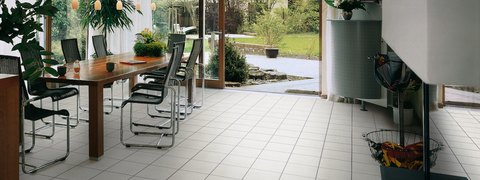Does the finish of the tile surface matter?
When buying ceramic tiles, we have to keep in mind the conditions prevailing in the place where the house will be built.
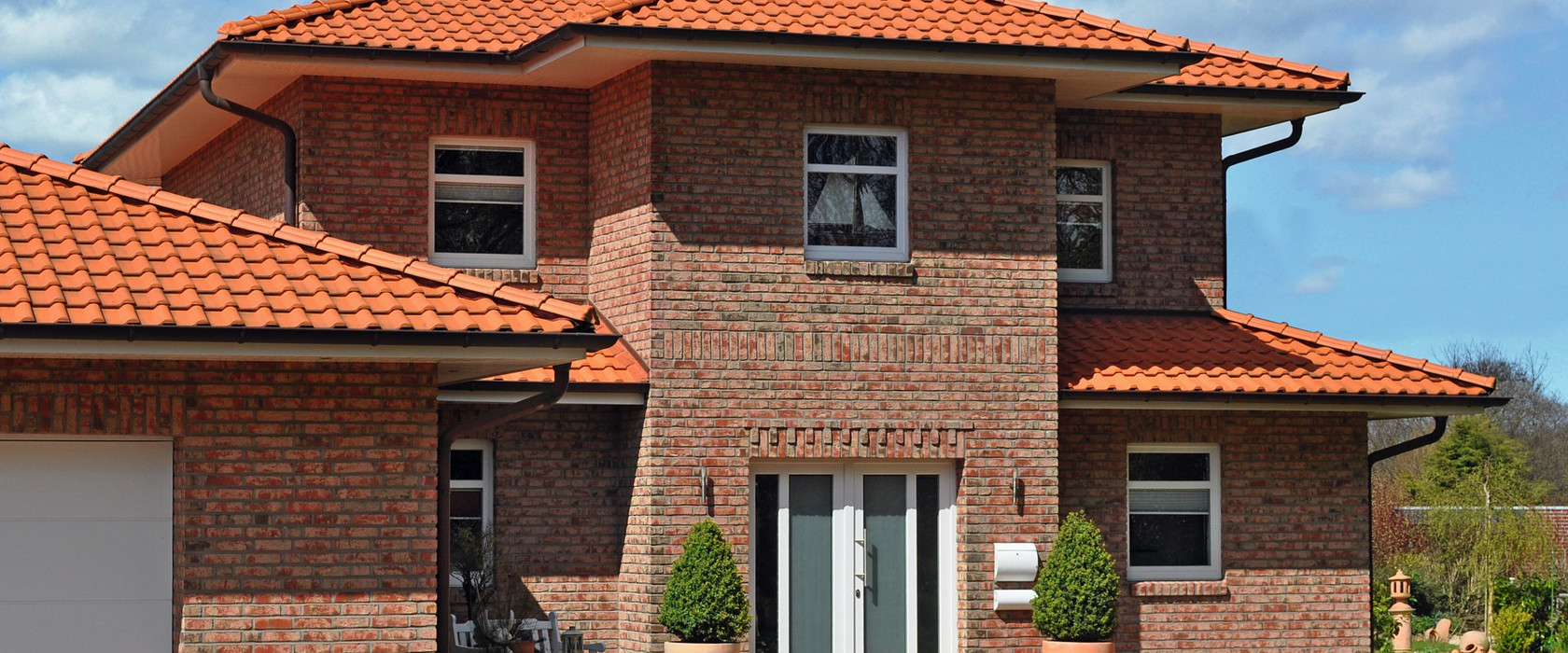
If the building is located near a forest or near large clumps of trees, the roof will be particularly prone to moss growth. In cases like these, it’s advisable to choose engobe-tiled roofs, as they are more resistant to this phenomenon, and it’s even better to choose glazed tiles,
available in our brand offer (e.g. MONZAplus tobago glazed or Piemont titan glazed). Moss is much less likely to grow on those than on porous natural tiles, as the smooth, glazed surface facilitates the self-cleaning of tiles during rain.
Tile surface - what are the differences?
Clay, the natural raw material from which ceramics are made, is generally red after baking, a hue well known from historic brick buildings or traditional roofs. To obtain other colors for the surface of the tiles, they are subjected to the process of engobe coating or glazing. These are modern methods of tinting the tiles, based on spraying properly prepared substances (liquid clay mass or powdered glaze) onto their surfaces, making it possible to have colors such as various shades of brown, black or gray available on the market. In the context of technical parameters, engobe and glaze significantly affect the resistance of tiles to various environmental factors such as soiling, acid rains, ultraviolet radiation.
Engobe and glaze are often used together as synonyms for tile coloring technology. Despite similar features and functions, there are differences between engobe and glaze, which should be remembered when making a purchase. The differences between engobe and glaze stem, among other things, from their various chemical compositions. Engobe consists of a specially prepared liquid clay mass with an admixture of suitable minerals or metal oxides. Glaze, for the most part, is a powdered, pre-melted enamel, enriched with inorganic additives. Engobe does not create a closed structure on the roof surface, but leaves open pores, in order to maintain good diffusion properties. Glazed tiles are characterized by a glassy layer, closing the pores.
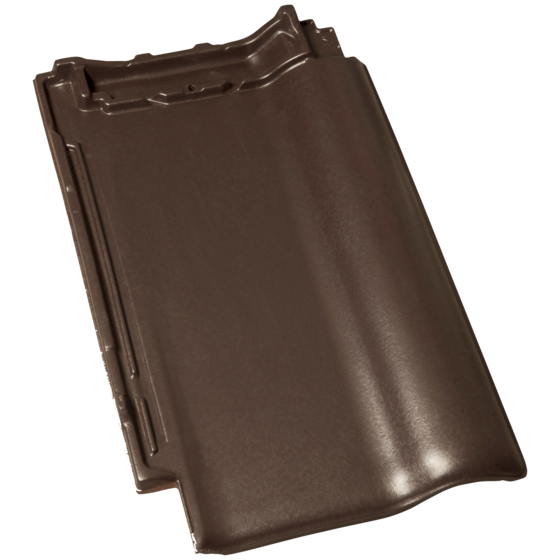

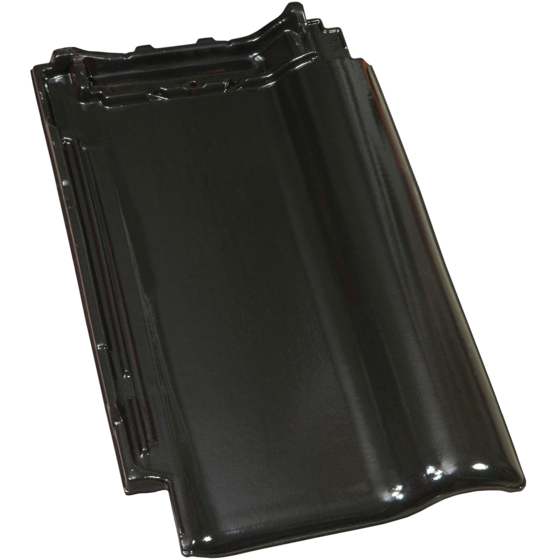
The glossy, closed structure of glazed tiles makes them even more resistant to the influence of external factors, compared to engobe. Smooth surfaces with minimized porosity significantly delay the formation of dirt and facilitate cleaning processes - from dust and silt, but also moss and mold.
The durability of natural, glazed and engobe-coated tiles is exactly the same. The difference is the resistance to dirt and moss or algae. Glazed tiles with minimized porosity are the most resistant to these factors and will perform well in areas with greater humidity or near forests.
Engobe-coated rooftiles show similar but slightly worse properties in this area, as compared to glazed tiles. Natural finish tiles are the most exposed to the elements, due to their porous structure. However, it is important to note that ceramic tiles, baked at temperatures above 1000 degrees Celsius, are not susceptible to sunlight, which means that they retain their color permanently. It is enough to clean the rooftiles with a pressure washer to make them regain their original appearance, even after many years of use.
